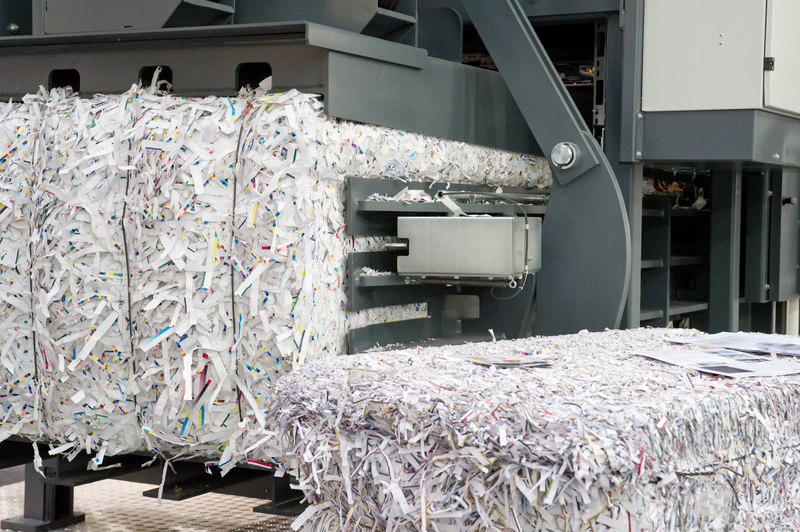Clearing Construction Rubble
Clearing construction rubble is a critical part of any construction project. Construction rubble includes a wide range of materials from broken bricks, concrete, tiles, and wood to glass and metal scrap. Effective rubble management ensures a cleaner, safer worksite and helps meet environmental regulations.
Importance of Clearing Construction Rubble
Efficient rubble clearing leads to numerous benefits such as preventing worksite accidents, ensuring compliance with local regulations, and fostering sustainability through recycling. Proper clearing also improves site aesthetics and enhances productivity by creating a safer and more organized work environment.

Methods of Clearing Construction Rubble
Manual Removal
Manual removal involves the use of tools like shovels, wheelbarrows, and handcarts to clear rubble. This method is cost-effective for small-scale projects but can be labor-intensive and time-consuming.
Mechanical Assistance
For larger projects, mechanical assistance such as excavators, bulldozers, and front-end loaders can be employed. These machines significantly speed up the rubble removal process but come with higher costs and require skilled operators.
Waste Management Services
Hiring professional waste management services can be a comprehensive solution. These services include waste collection, transportation, and disposal or recycling. They handle all compliance issues and ensure that the rubble is disposed of responsibly.
Pros and Cons of Clearing Construction Rubble
Pros
- Safety: Removing debris prevents accidents and injuries on the worksite.
- Compliance: Ensures adherence to local regulations regarding waste management.
- Environmental Benefits: Recycling materials reduce landfill use and conserves resources.
- Enhanced Productivity: A clean site allows workers to operate more efficiently.
Cons
- Cost: Hiring machines or professional services can be expensive.
- Time-Consuming: Manual removal is labor-intensive and can delay the project timeline.
- Complexity: Coordinating the sorting and disposal of various materials can be challenging.
Tips for Effective Rubble Clearing
- Plan Ahead: Develop a rubble management plan before starting the project.
- Segregate Waste: Separate recyclable materials from non-recyclable waste for easier disposal.
- Use Proper Equipment: Utilize the right tools and machines for the job to increase efficiency.
- Hire Professionals: Engage waste management services for large projects to ensure compliance and efficiency.
- Educate Workers: Train your workforce on proper waste management practices.

Takeaways
Clearing construction rubble is essential for maintaining a safe and compliant worksite. Whether you opt for manual removal, mechanical assistance, or professional services, proper planning and execution are key. While there are costs associated with rubble removal, the benefits of safety, compliance, and environmental sustainability outweigh the downsides.
Conclusion
In conclusion, the effective clearing of construction rubble is indispensable for any construction project. By understanding the importance, methods, pros and cons, and following the provided tips, you can ensure a safe, efficient, and environmentally responsible construction site. Prioritize proper rubble management to enhance productivity and compliance while contributing positively to the environment.

